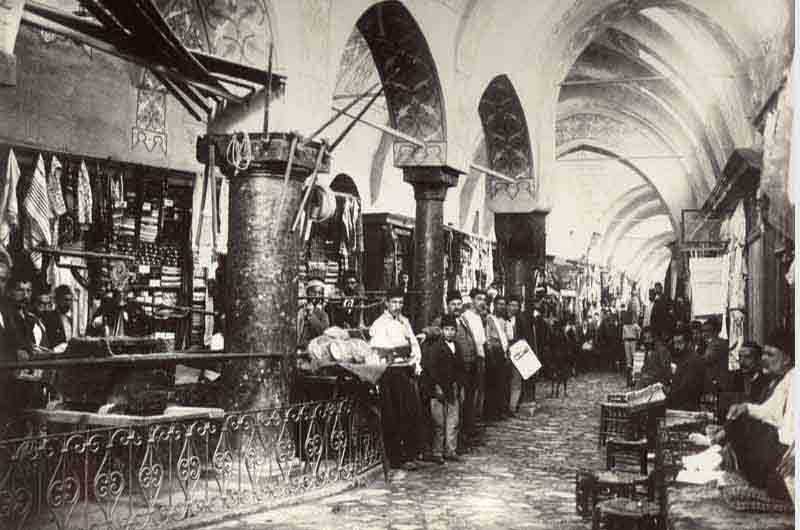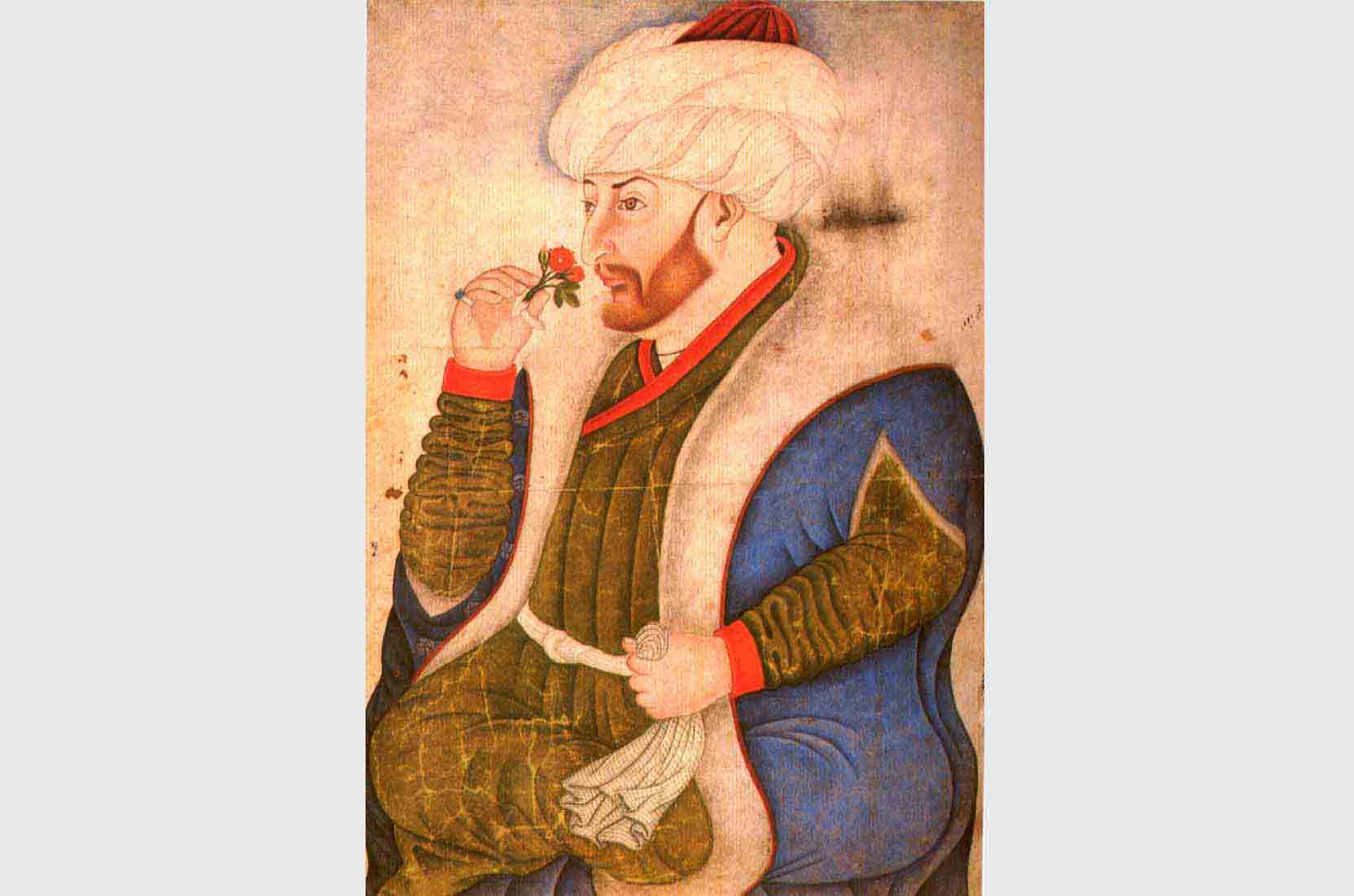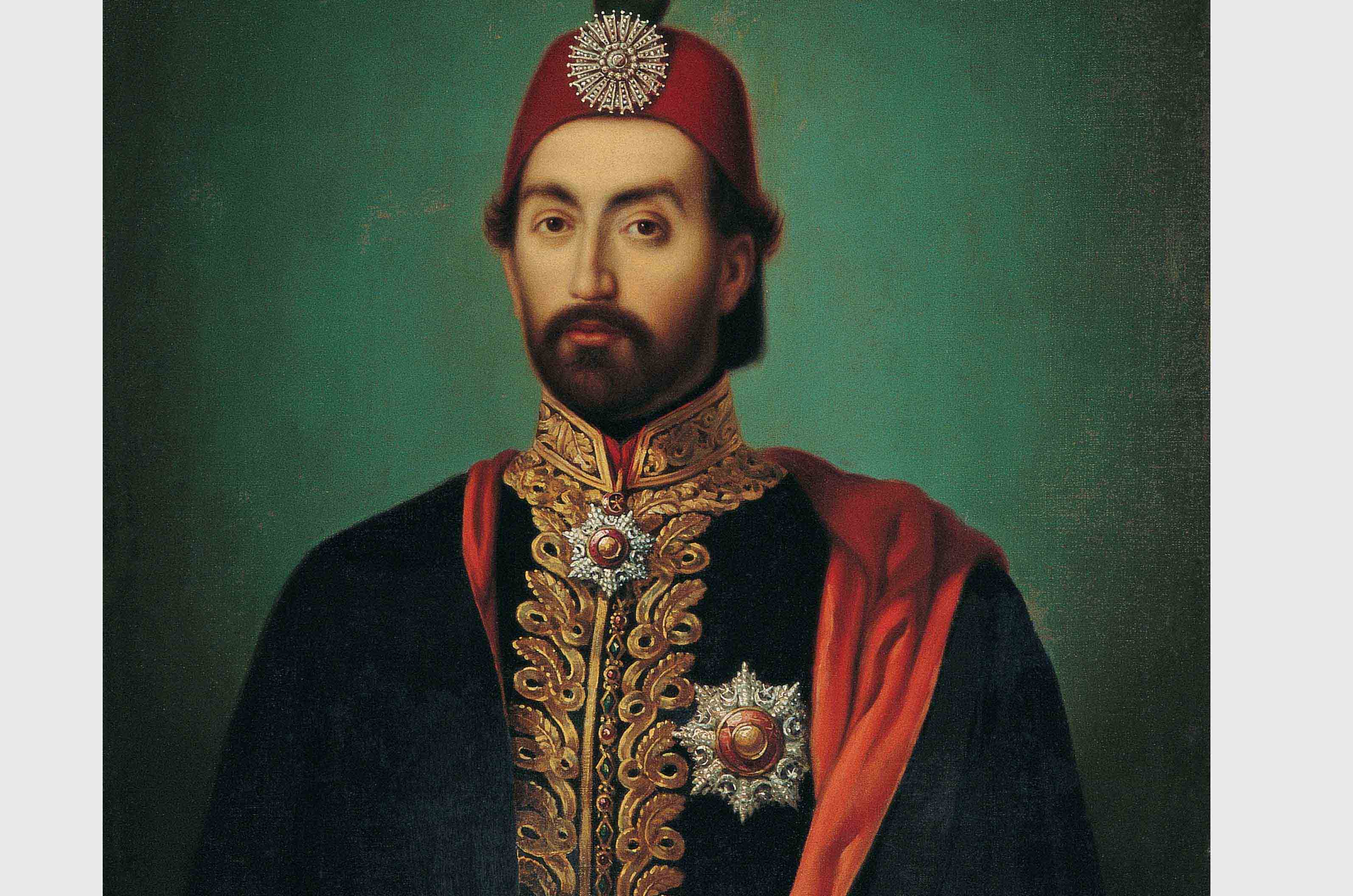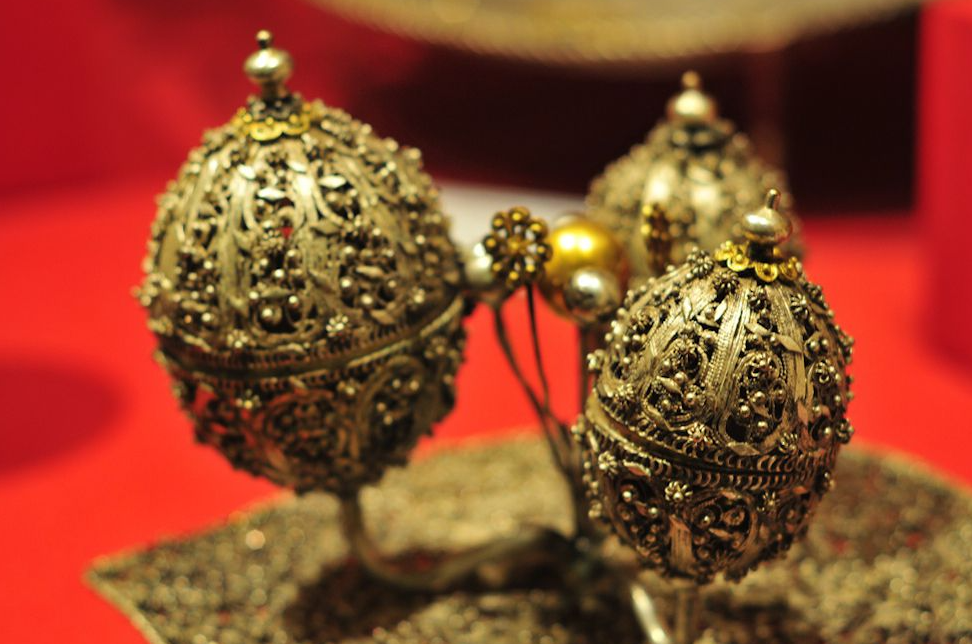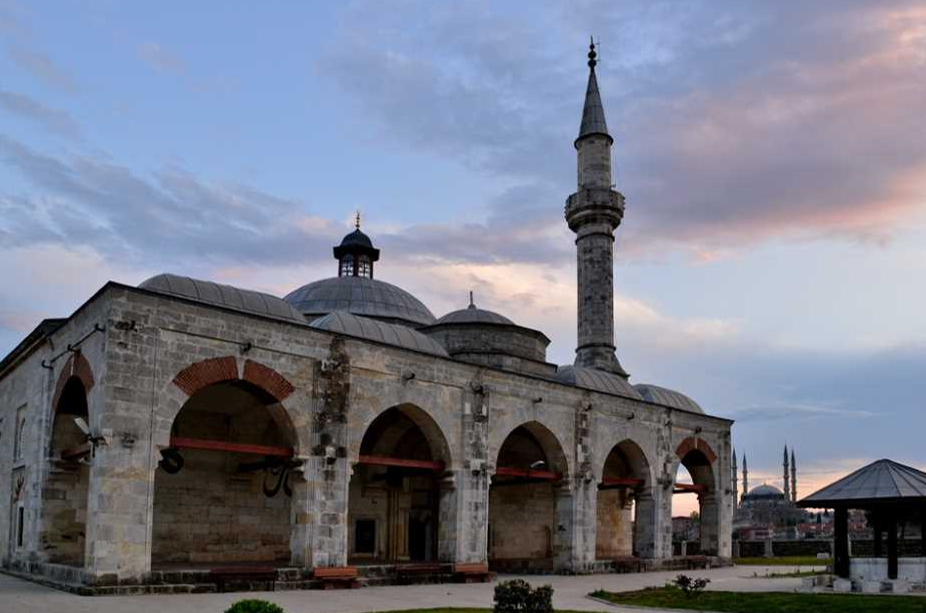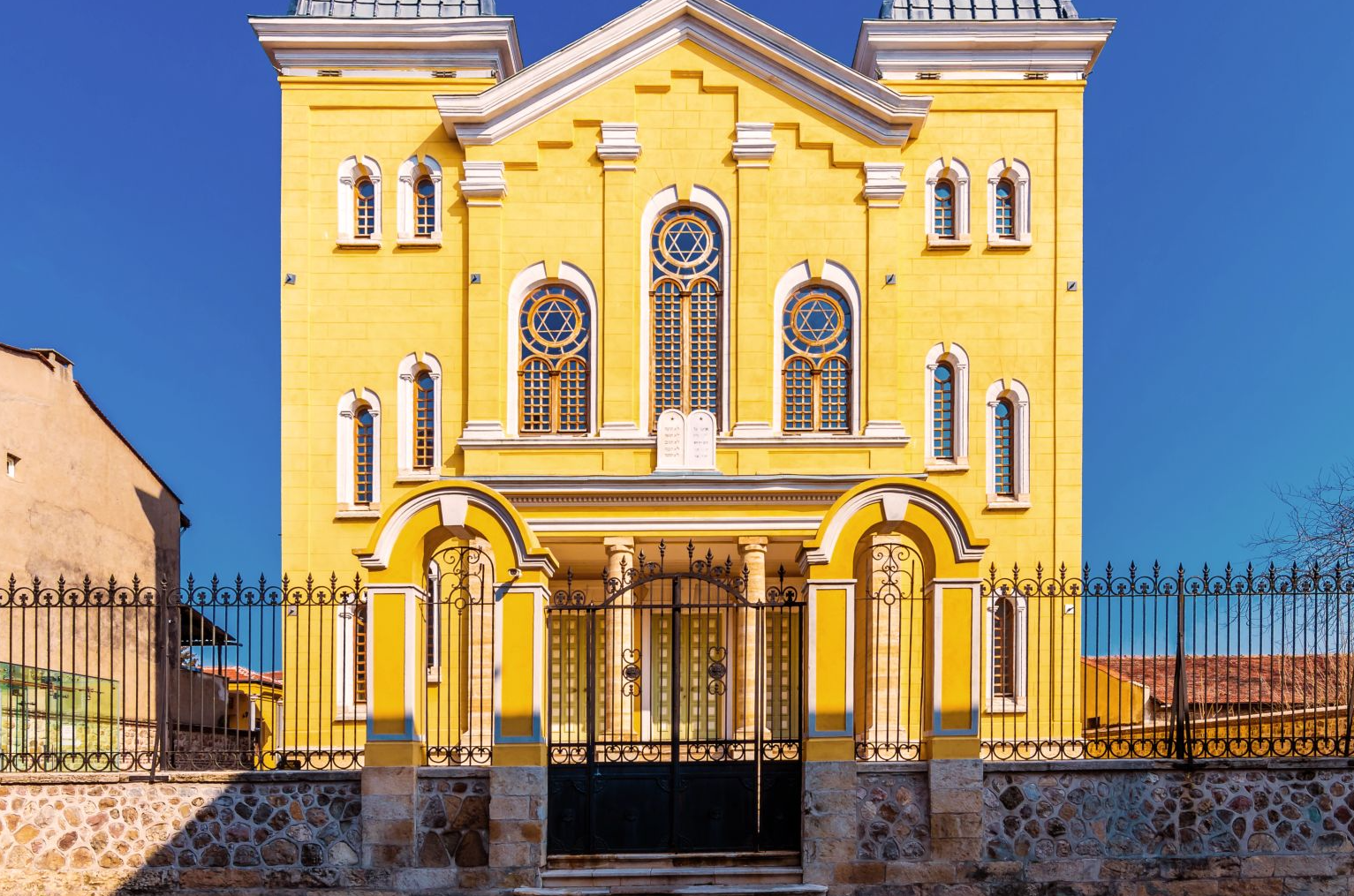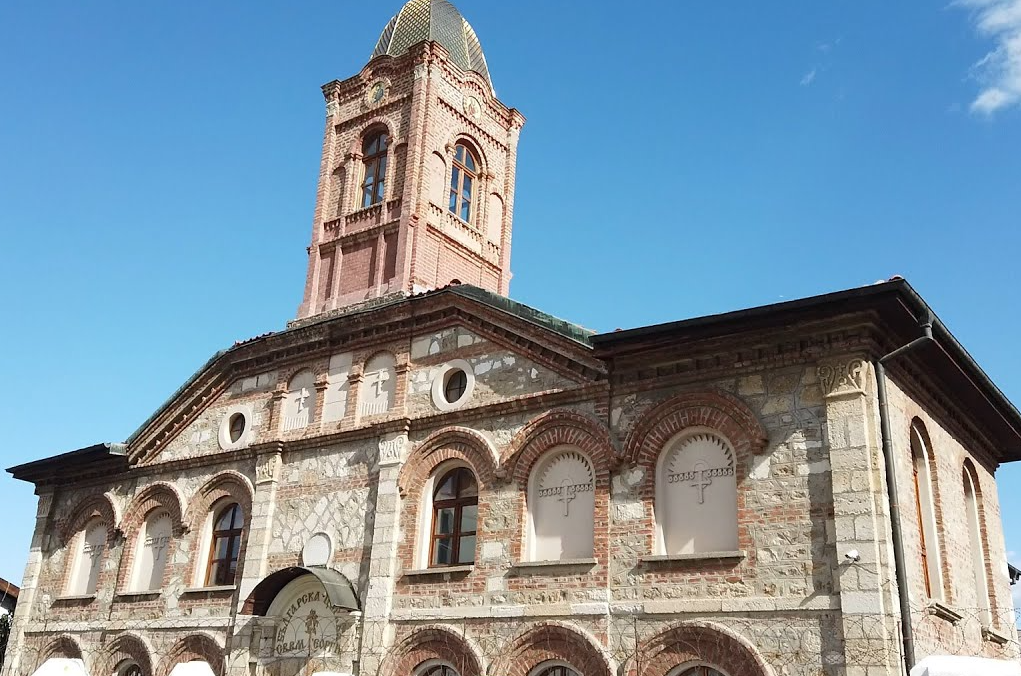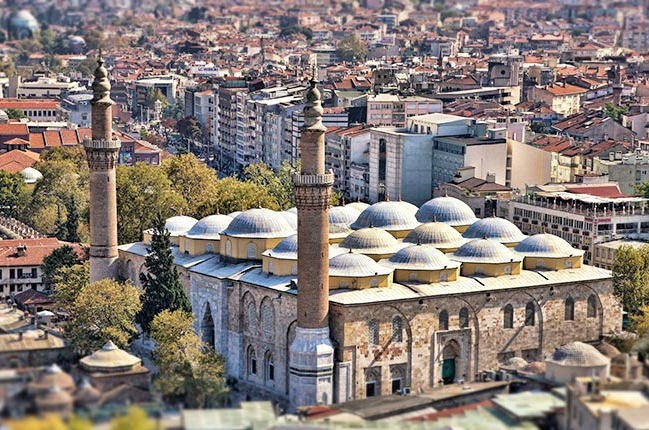Little Hagia Sophia (Küçük Ayasofya): A Hidden Gem of Byzantine Elegance
Little Hagia Sophia (Küçük Ayasofya): A Hidden Gem of Byzantine Elegance
Introduction: Tucked away in the charming district of Çemberlitaş in Istanbul, Little Hagia Sophia, or Küçük Ayasofya, stands as a hidden gem that echoes the grandeur of its larger counterpart. This lesser-known marvel, with its exquisite architecture and historical significance, invites visitors to step into a world where Byzantine elegance meets the allure of Istanbul's cultural heritage.
**1. Byzantine Origins: Built in the 6th century by the Byzantine Emperor Justinian I, Little Hagia Sophia was originally known as the Church of Saints Sergius and Bacchus. Its architectural design, resembling the grand Hagia Sophia, reflects the Byzantine era's commitment to monumental structures that blended religious and imperial functions.
**2. Architectural Splendor: Little Hagia Sophia boasts a compact yet impressive structure. The central dome, supported by elegant columns and arches, creates an airy and harmonious interior. The mosque's layout and design, a synthesis of classical and Byzantine elements, showcase the architectural finesse of the time.
**3. Conversion to a Mosque: Following the Ottoman conquest of Constantinople in 1453, Little Hagia Sophia underwent a transformation into a mosque. The Ottomans added minarets and other Islamic architectural elements, giving the structure a distinct identity that harmoniously blended Byzantine and Ottoman styles.
**4. Interior Decor: The interior of Little Hagia Sophia is adorned with intricate marble and mosaic decorations. The mihrab (prayer niche) and minbar (pulpit), typical of mosque architecture, are integrated seamlessly into the Byzantine framework. The soft light filtering through stained glass windows enhances the serene ambiance.
**5. Courtyard and Gardens: The mosque is surrounded by a peaceful courtyard and gardens, providing a tranquil escape from the bustling city. Visitors can take a moment to appreciate the exterior details of the mosque, including the ornate portals and decorative elements that add to its aesthetic charm.
**6. Cultural Significance: Little Hagia Sophia holds cultural significance as a site where different historical periods and architectural styles converge. Its designation as a mosque and its historical roots make it a fascinating testament to Istanbul's ability to preserve and celebrate its diverse cultural heritage.
**7. Accessibility and Visitor Experience: Despite its historical importance, Little Hagia Sophia remains less crowded than its larger counterpart, allowing visitors a more intimate experience. The relaxed atmosphere, coupled with the mosque's beauty, makes it an ideal destination for those seeking a peaceful exploration of Istanbul's cultural treasures.
Conclusion: Little Hagia Sophia, with its Byzantine legacy and Ottoman adaptation, is a captivating blend of architectural styles that encapsulate Istanbul's rich history. Whether admired for its historical significance or appreciated for its aesthetic charm, a visit to Küçük Ayasofya promises a journey into the heart of Istanbul's cultural mosaic.
Embark on a discovery of Little Hagia Sophia, where Byzantine elegance and Ottoman grace intertwine. Plan your visit, savor the architectural details, and let the allure of Küçük Ayasofya transport you to a time of imperial splendor and cultural synthesis.





